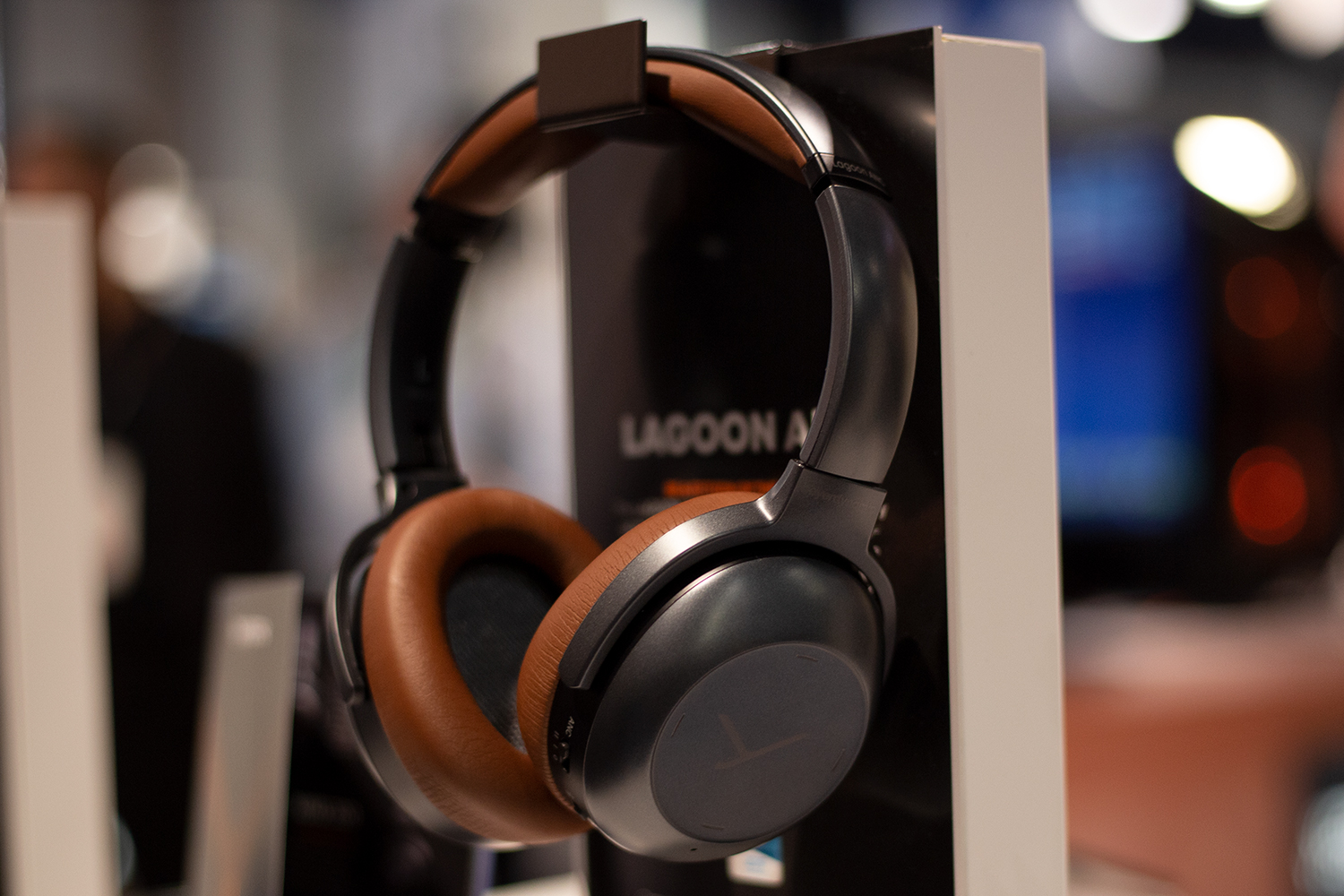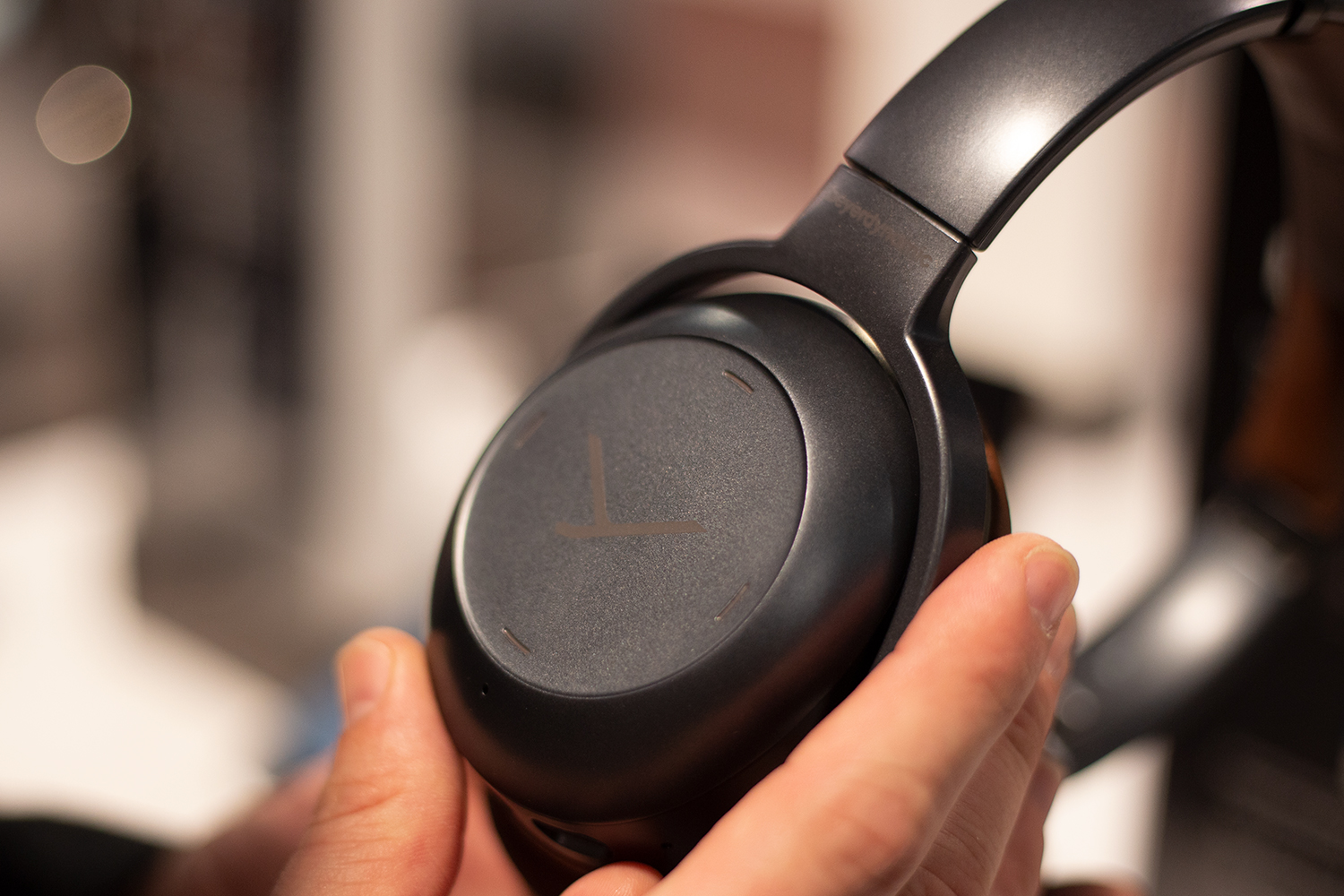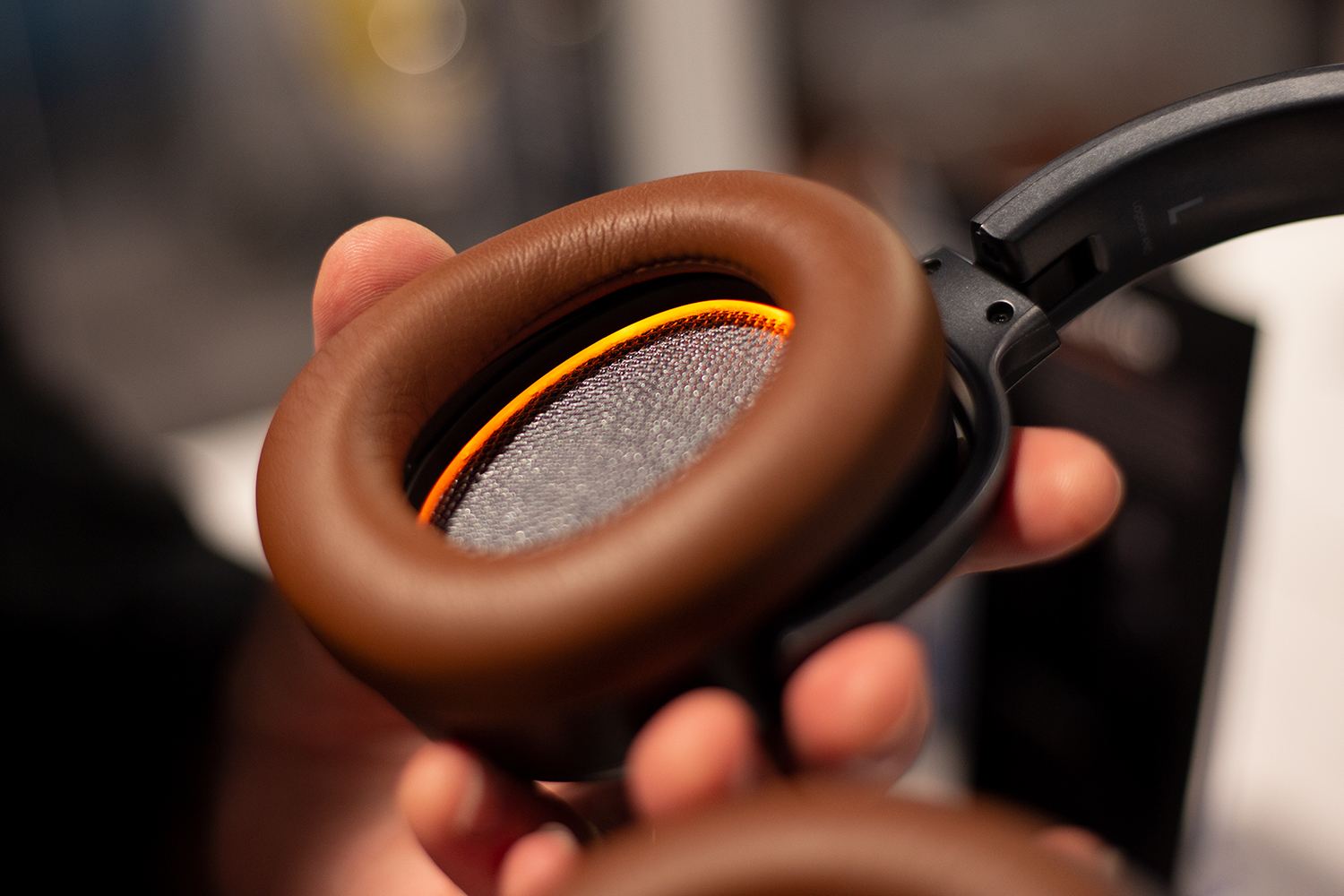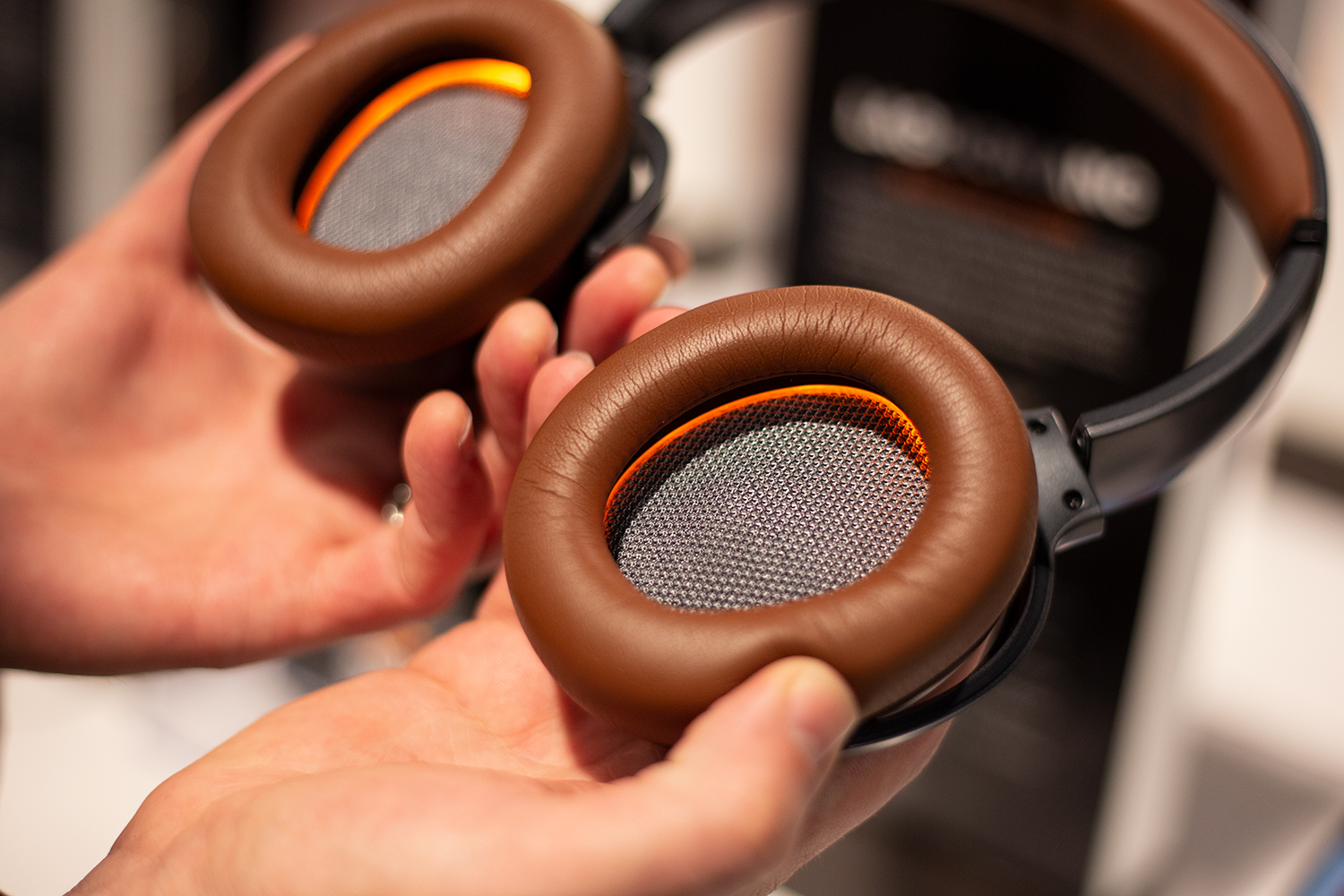There’s a trend afoot here at CES 2019 in the personal audio space. It’s bringing the power of software to bear on the question of how to make sure every listener is getting the most out of their headphones. Two people can listen to the exact same music track, at the same volume, on the same device while using the same set of headphones, and yet they will hear two different sounds. Beyerdynamic’s new Lagoon ANC headphones bring their own take on this trend with an intriguing new partnership.
More CES 2019 coverage
- Wicked Audio’s CES headphone lineup includes waterproof true wireless buds
- Klipsch’s first true wireless earbuds arrive ahead of CES 2019
- TCL looks to make headway in headphone sector after success with affordable TVs
Beyerdynamic began experimenting with customization when it included an app from Mimi Defined with its Aventho Bluetooth headphones in 2017. That app lets users set up custom listening profiles based on how they heard different sounds. Using that data, the app then applies its algorithms to selectively enhance certain parts of the EQ. This calibration can balance out the subtle effects of hearing loss that affect all of us at different ages — there’s even a difference between men and women.
These days, Beyerdynamic calls the system “Mosayc,” and it reminds us a great deal of another CES 2019 launch: Sonarworks’ mobile version of its True-Fi headphone calibration software. It’s also got much in common with Nuheara’s hearing-enhancing system but isn’t as simple as Nuraphone’s automatic calibration system, which is designed to tell who is wearing the headphones.
As advanced as the Aventho headphones were, they did not offer any noise cancellation. Beyerdynamic’s new Lagoon ANC closed, over-ear
There are some other cool new features in the Lagoon as well, including an LED ring inside the earpieces that is both aesthetically pleasing and relatively useful in that it not only lets you know how much charge is left in the wireless cans (red for low, orange for medium, and green for fully charged), but it also lights up in white and red to indicate stereo channels when you first pick up the cans. As for battery life, the cans offer around 25 hours with all the bells and whistles in play, and as much as 45 hours or so without them.
We’ll likely be getting some ears-on time with the headphones once they make their way to market in the new year, so stay tuned to find out more.







